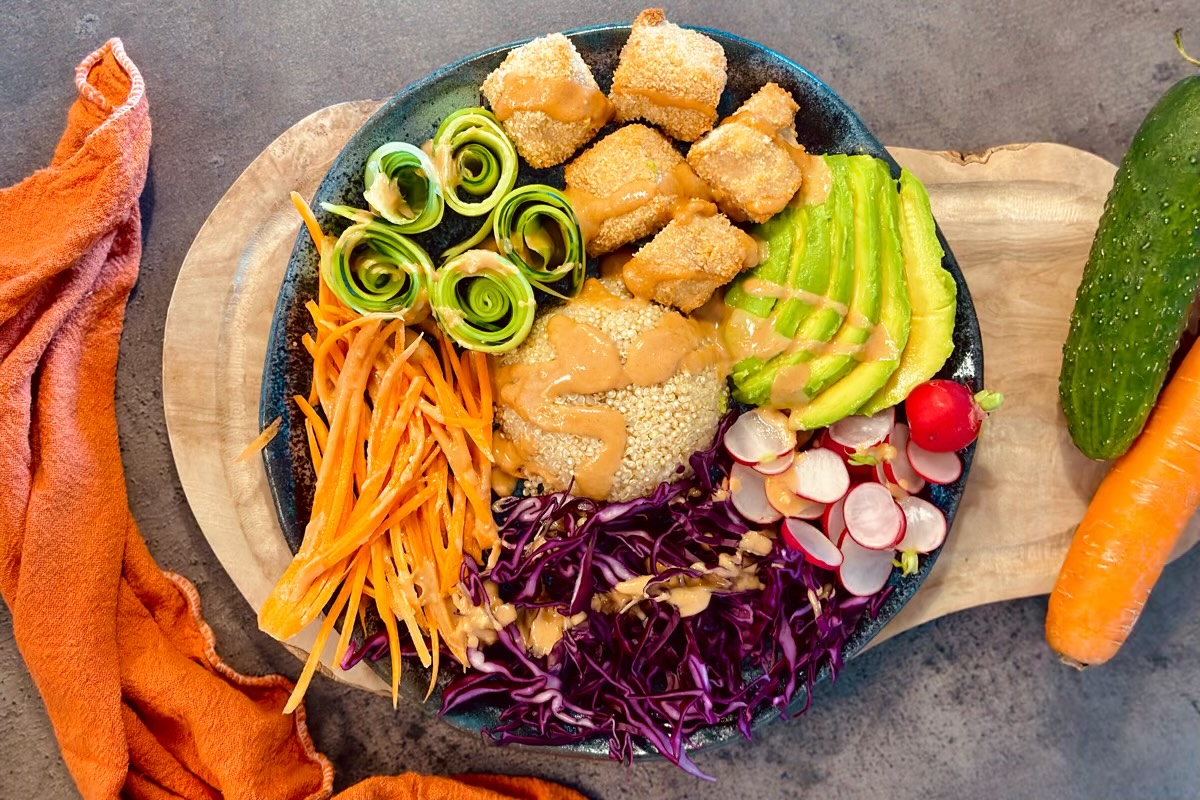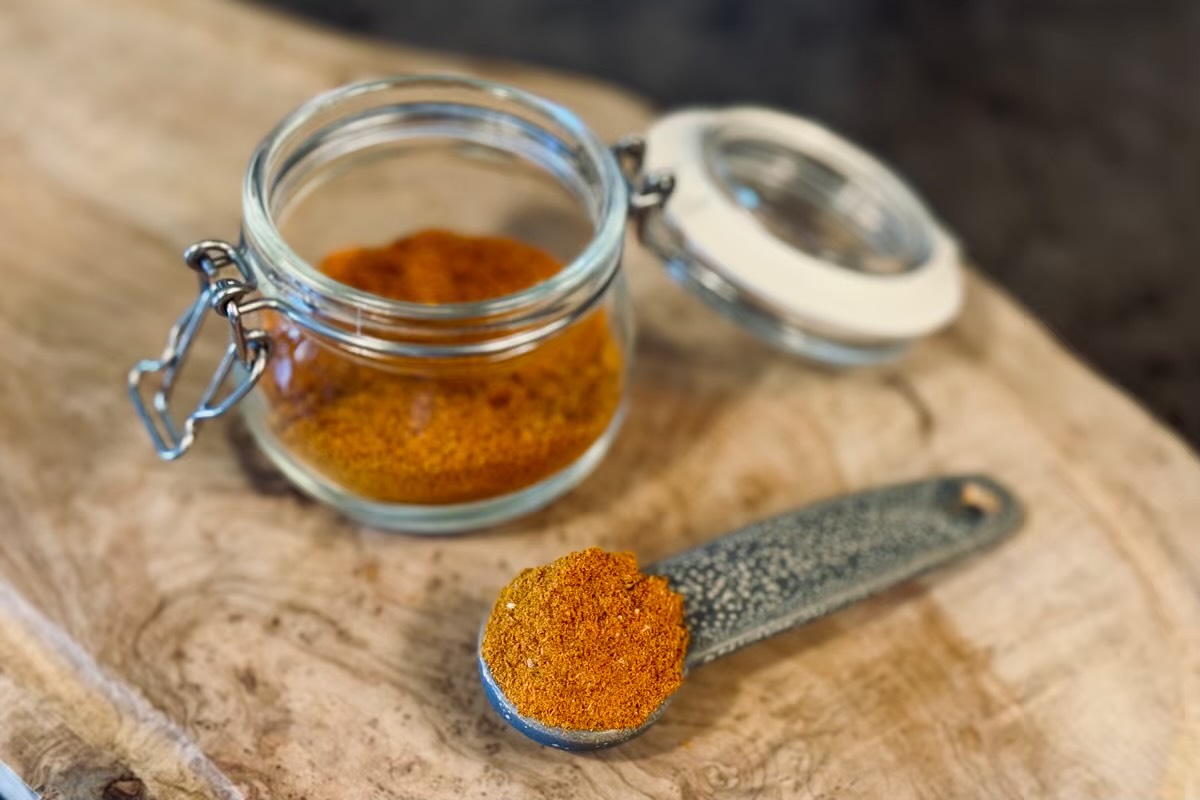There’s something truly special about making your own almond milk from scratch. It’s an experience that’s not only delicious but also deeply satisfying. With just a handful of simple ingredients and a little bit of time, you can create a luxurious, dairy-free alternative that’s perfect for a wide range of culinary endeavors.
Versatile and Foamable:
What sets homemade almond milk apart is its versatility. It’s not just for sipping; it’s a culinary canvas for a wide range of recipes. From creamy smoothies to luscious desserts and savory sauces, your homemade almond milk can take on any role. But here’s the secret sauce: it’s foamable. This means that, when frothed, it forms the perfect creamy topping for lattes and cappuccinos, as well as a beautiful canvas for latte art.
Straining Tips:
After blending, you have the option to strain your milk. You have two straining options: a nut milk bag or a fine-mesh strainer. The choice is yours. With either method, you’ll separate the liquid from the almond pulp. Squeeze, twist, or gently press as needed to extract the maximum amount of creamy goodness.
-
Option 1: Using a nut milk bag, place it over a large bowl and pour the blended almond mixture through it. Squeeze and twist the bag to extract as much liquid as possible.
-
Option 2: With a fine-mesh strainer positioned over a bowl, pour the mixture through. Use a spoon to gently press the almond pulp, extracting the liquid effectively.
The Leftover Almond Pulp
The leftover almond pulp from making almond milk doesn’t have to go to waste; you can repurpose it in various ways:
-
Smoothies: Add a spoonful of the almond pulp to your smoothies for added fiber and a subtle nutty flavor.
-
Oatmeal or Cereal: Mix the pulp into your morning oatmeal or cereal for an extra nutritional boost.
-
Energy Bars: Incorporate the almond pulp into homemade energy bars or protein bars for added texture and flavor.
-
Baking: Use the almond pulp in recipes like muffins, pancakes, or cookies to add moisture and a mild almond flavor.
Remember that the almond pulp may be slightly less flavorful than fresh almonds, but it still retains some nutty character and valuable fiber. Experiment with these ideas to find the best way to put the almond pulp to good use and reduce food waste.
Making your own almond milk is not just about a final product; it’s a rewarding journey. From the initial soak to the final pour, every step is an opportunity to embrace the art of crafting a dairy-free delight. With homemade almond milk, you’re not just creating a beverage; you’re creating an experience that’s both nourishing and delicious. So, take a moment to enjoy this creamy creation that you’ve crafted with your own hands, and savor the rich, dairy-free delight that is homemade almond milk.
Preparation time 5 hrs
This recipe keeps for 3 days
Ingredients (8 servings)
- 200 g Almonds
- 1,5 l Water
- 4 tbsp Maple syrup
- 1/2 tsp Vanilla Bean Powder
- 1/2 tsp Salt
Don’t have cups, tablespoons, or teaspoons?
Plantiful has an automatic unit of measure converter for peace of mind.
Instructions
-
Soak the Almonds
Start by placing the raw almonds in a bowl and covering them with enough boiling water to submerge them. Allow the almonds to soak for a minimum of 5 hours or overnight. -
Drain and Rinse
After soaking, drain and rinse the almonds thoroughly under cold running water. -
Blend the Almonds
Transfer the soaked almonds to a blender and add around 2 cups of fresh filtered water. Blend on high speed for about 2-3 minutes, or until you have a smooth, creamy mixture. -
Flavor the Almond Milk
Add the remaining filtered water, along with your choice of sweeteners like maple syrup, a pinch of salt, and vanilla. Blend once more to fully incorporate all ingredients. -
Strain the Almond Milk
Using a nut milk bag or strainer, separate the liquid from the almond pulp. -
Enjoy!
Your homemade almond milk is now ready to use in your favorite recipes, cereals, coffee, tea, smoothies, or just enjoy it on its own as a refreshing beverage. -
To Store
Transfer the strained almond milk to a clean glass jar or airtight container. Store it in the refrigerator for up to 3-4 days. Be sure to shake or stir the almond milk before each use, as it may naturally separate over time.
Did you know there is an interactive step by step mode on Plantiful?
Nutrition
One serving contains 171 calories, 5 grams of protein, 12 grams of fat, and 12 grams of carbohydrates.
Convert measurement units, use step by step mode, add ingredients to shopping list, and check out the full nutrition facts label on Plantiful.




